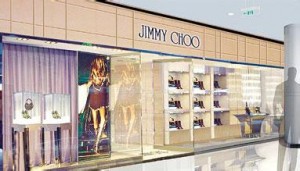Few entrepreneurs can claim to have actually changed the way we live, but Ray Kroc is one of them[1]. He is known as the father of McDonald’s which is a real disruptive innovation in the food industry, and Ray fully illuminated what entrepreneur spirit was. He was firstly impressed by the effectiveness of the operation in a small restaurant run by brothers Dick and MacDonald since the restaurant only served a few items but focused on the food quality.
However, this was only the predecessor of the McDonald’s we know today.Ray based his business philosophy on the 3-legged stool principle: one leg was McDonald’s, the second, the franchisees, and the third, McDonald’s suppliers[2]. It was making a difference in these three aspects that motivated the innovation.
Ray was famous for his QSCV concept – Quality, Service, Cleanliness and Value. Although these elements are fundamental in running a restaurant, Ray was the first one to placed significant emphasis on them. He required all the restaurants strictly stick to them and he himself would keep a hawk’s eye over the McDonald’s restaurants, even phoning the manager to remind him to pick up the trash, clean his lot, and turn on the lights at night[2].
Besides, he wanted to serve food in a consistent flavour, like cheeseburger should be tasted just the same in Alaska as they did in Alabama. To achieve this, he allowed franchisees to put their strength into individual innovation as long as they could follow the basic principles. I believe this is also an innovation in corporation management. Ray gave franchisees more freedom and more creativity space which resulted in the born of many new types of McDonald’s most famous menu items – like the Big Mac, Filet-O-Fish and the Egg McMuffin[2].
As far as I am concerned, McDonald’s has been popular around for more than a half- century, its competitors like burger king, pizza hut, A&W, are catching up in an amazing speed. Since McDonald’s business model is easy to be imitated, how to keep the leading position is a question that worth considering. Maybe another revolution is in the air. Who knows?
http://www.amazon.ca/Grinding-It-Out-Making-McDonalds/dp/0312929870
http://www.mcdonalds.com/us/en/our_story/our_history/the_ray_kroc_story.html
http://www.claytonchristensen.com/key-concepts/
http://www.entrepreneur.com/article/197544


